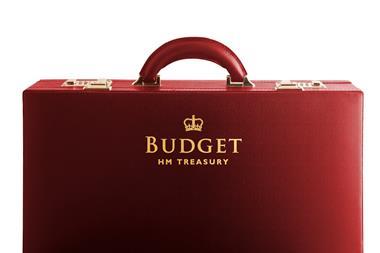Corporate identity: This is something that all companies have to some degree, perhaps even without realising it. It is your image, logo and corporate colours. For most business owners, the logo is the second thing to address after choosing a name for a new company or service. For potential customers, it's usually the first thing they see about your business so it's important that this first impression counts.
An effective identity conveys characteristics about your business, so ensure they are characteristics you have consciously chosen such as reliable, established or modern. Most successful companies' identities convey their key principles - EasyJet's is simple and visually cost-effective, to impart the unfussy nature of the business, while Chanel's has a much more subtle, evocative and timeless quality.
Advertising: A more obvious part of the marketing mix, this is effective only if you know your target audience, ensure the message is right for it in terms of language and visual appeal, and deliver it via the right medium, whether it's a national newspaper, local radio or a pan-European television campaign. Get that wrong and it's a waste of time, effort and money. In most cases, the best advertising campaigns will have one clear idea, with different versions developed for different media.
Public relations: PR is often mistakenly thought to be the same as advertising, but is not paid for. A PR consultant will create a story around a company or brand and then try to persuade journalists that it is of interest to their readers, listeners or viewers.
If a journalist likes the idea, they may develop it further using their own research, or put their own "spin" on it. The final story features in the publication or broadcast, alongside others, making it indistinguishable from more traditionally generated news and attaching its attributes to the company. Because this media coverage is not paid for, the PR consultant has no control over whether or not the story is used, or how the journalist presents it. However, the fact that it is unpaid editorial rather than advertising gives it more credence among the audience, and that impact is proven to make it much more cost-effective in the longer term.
Online: The increasing prevalence of the internet, both in our business and personal lives, means that online activity is now a key element of almost every company's marketing strategy. For many people nowadays, the first step when researching a company is to look at its website. Businesses use this marketing tool in different ways - some prefer their sites to be simple online brochures, while others want them to work harder and therefore include news and industry research, or facilitate data capture, two-way communication with customers or sales.
Direct marketing: This takes your service directly to the potential client, most commonly via posted leaflets or magazine inserts. The creation of good literature such as a company brochure is a marketing staple, and most companies like to have something tangible to give potential clients, regardless of whatever other marketing activity they undertake. Using marketing lists bought from specialist companies, or your own legitimate database of contacts, is a popular, cost-effective way to disseminate information, especially if supplemented later with a promotion such as a video or CD-Rom.
Hosted by comedian and actor Tom Allen, 34 Gold, 23 Silver and 22 Bronze awards were handed out across an amazing 34 categories recognising brilliance and innovation right across the breadth of UK general insurance.












































